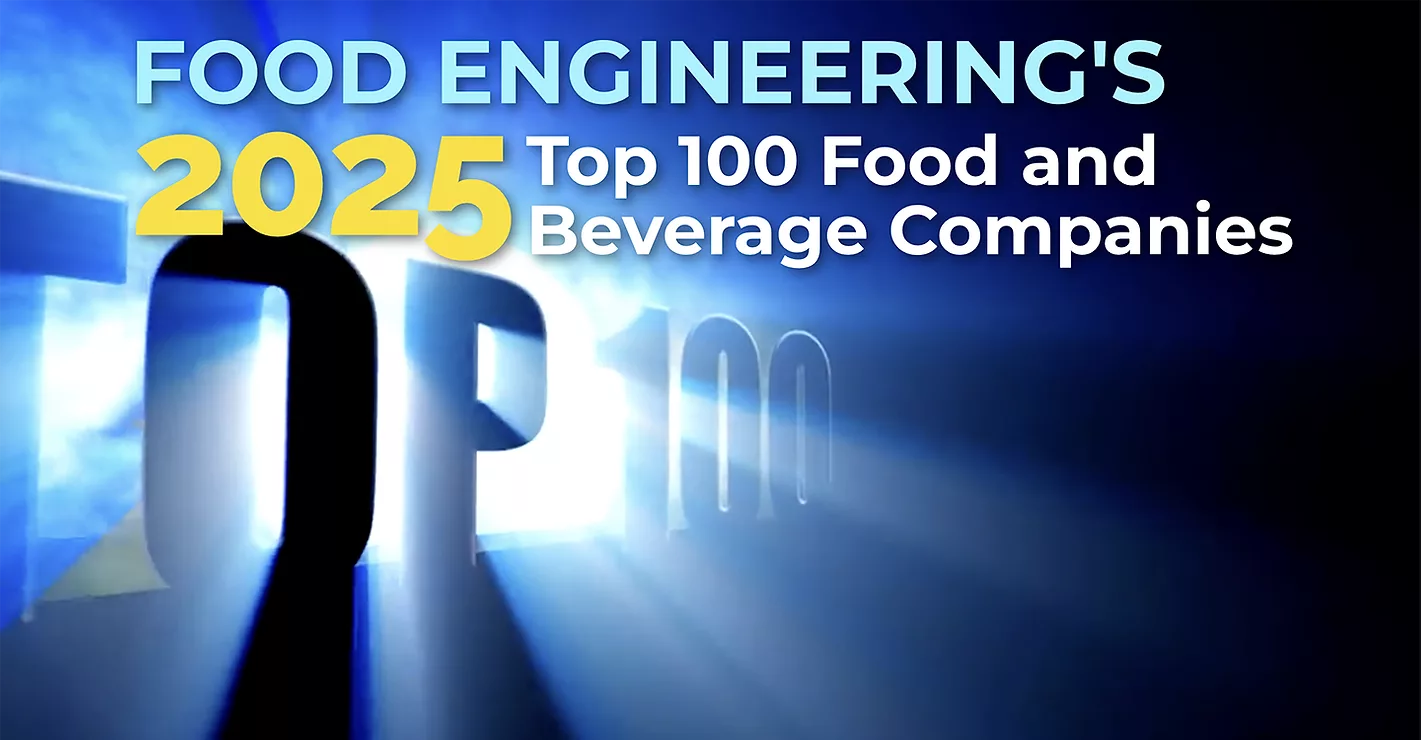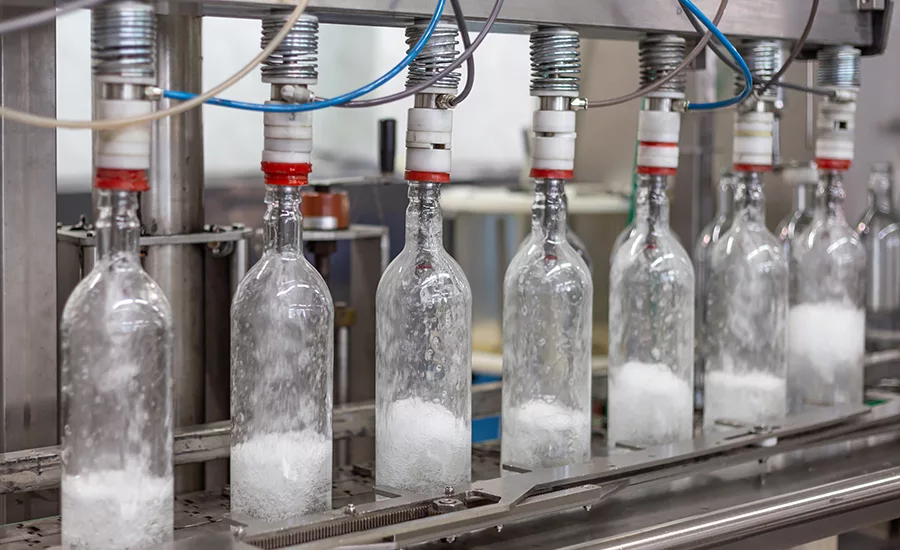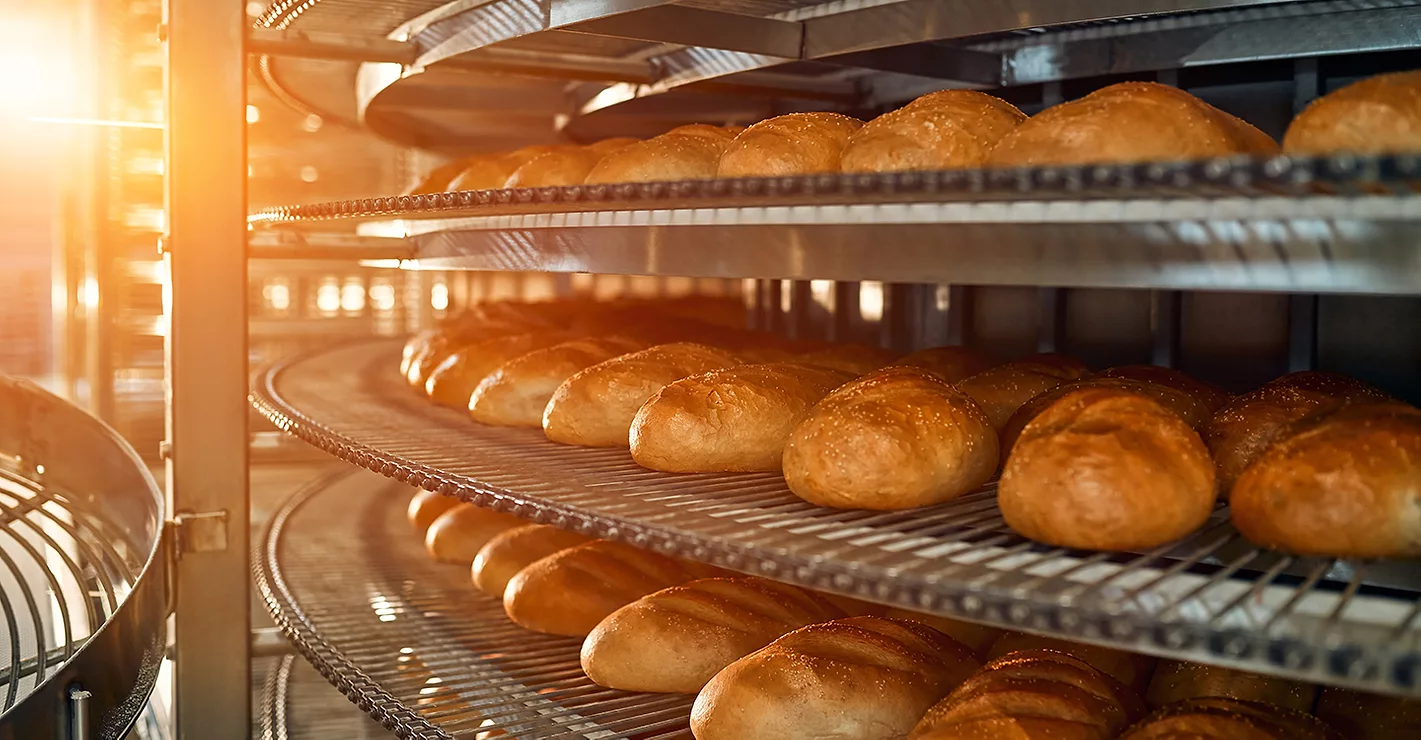Digitizing Food Safety: Technology's Role in Safer, Smarter Food Production
Today’s safety practices are increasingly enabled by sensors, software and cloud platforms, which not only improves compliance and traceability — it reshapes how the industry thinks about readiness, training and operational excellence.

In the world of food processing and packaging, safety has always been paramount. But as technologies evolve and consumer expectations rise, food safety is undergoing a digital revolution.
No longer confined to clipboards and manual logs, today’s safety practices are increasingly enabled by sensors, software and cloud platforms. This shift is not only improving compliance and traceability — it’s reshaping how the industry thinks about readiness, training and operational excellence.
Smart Systems Prevent Problems Before They Begin
A major trend in modern food processing is the use of digital tools to enable predictive and preventive maintenance. As noted in the 2024 State of the Industry US Packaging Machinery Report produced by PMMI, The Association for Packaging and Processing Technologies, predictive maintenance for packaging machines involves installing sensors on various machine parts to monitor their condition in real time. This proactive approach means fewer unexpected shutdowns, less downtime and more consistent production quality — critical outcomes in maintaining food safety.
The same report highlights how preventative maintenance subscription plans are gaining traction, helping facilities mitigate the skilled labor shortage by outsourcing complex servicing to OEMs. This approach, while driven by economic pressures, also ensures consistent machine performance, reducing contamination risks from malfunction or breakdown.
Training for Safety, Powered by Tech
Digital transformation doesn’t stop at machinery. Operator training — historically a weak link in food safety — has become more robust and dynamic, thanks to technology. The 2025 Embracing Operational Readiness white paper from PMMI emphasizes the growing use of videos, interactive manuals, augmented reality (AR) and tablet-based instructions to support workforce training and knowledge retention.
According to the same report, 69% of participants agreed that intuitive human-machine interfaces (HMIs) are essential for empowering operators, especially in an industry where workforce turnover remains high. One participant remarked that “training must be embedded into daily operations rather than treated as a one-time event,” and this is where technology proves invaluable — offering ongoing, on-demand learning opportunities that adapt to workforce realities.
Data-Driven Decision Making and Traceability
Digitization’s impact on traceability and compliance is perhaps its most transformative feature. As PMMI’s Data Acquisition, Sharing and Utilization white paper notes, 63% of companies want to use data to improve overall equipment effectiveness (OEE), and 20% aim to support predictive maintenance.
But beyond productivity, these real-time data systems are increasingly essential for food safety auditing and recall readiness. By capturing machine data on speed, output and quality, processors gain actionable insights that can be instantly shared with quality teams or regulators.
Managing the Integration Challenge
Integrating digital systems — especially into legacy operations — remains a hurdle. Yet the Data Acquisition, Sharing and Utilization white paper suggests that “implementing only what’s needed to get the job done” is often the smartest path forward. Low-cost sensors and modular programmable logic controllers (PLCs) allow even older machines to become part of a connected network.
To support broader adoption, PMMI’s State of the Industry report advises scaling data strategies gradually and ensuring every stakeholder, from maintenance leads to executive teams, understands how data translates to safety, uptime and regulatory compliance.
Technology and Regulatory Alignment: Why One Depends on the Other
The effectiveness of new technologies in food safety — whether sensors, data analytics or automation — depends on how well they align with existing regulatory frameworks. These frameworks, including the Hazard Analysis and Critical Control Points (HACCP) system and standards recognized by the Global Food Safety Initiative (GFSI), define the minimum requirements processors must meet to ensure food safety.
While HACCP provides a structured, preventive approach to identifying and mitigating risks (such as biological, chemical or physical hazards), and GFSI benchmarks third-party audit schemes like SQF and BRCGS, technology now plays a critical supporting role. But it must do so in a way that enhances — not replaces — compliance with these systems.
This is where digital tools, such as Statistical Process Control (SPC) and AI-assisted HMIs, come into play.
SPC uses real-time data to monitor and control manufacturing processes. In food safety, SPC enables processors to detect deviations in equipment performance or product quality early — before they lead to non-compliance or contamination. This is particularly useful in validating preventive controls, as required by HACCP.
AI-assisted HMIs, on the other hand, represent a new generation of user interfaces. These systems don't just display process data — they can also offer intelligent guidance, flag anomalies and help less-experienced operators make safe decisions quickly. In some cases, AI can even suggest corrective actions or flag patterns that could lead to a failure or contamination event.
These tools help bridge the gap between regulatory compliance and digital modernization, ensuring that data collected from machines or quality checks are actionable, accurate and align with audit requirements.
The Human Factor: Usability and Inclusivity in Design
As food manufacturing facilities increasingly rely on diverse and often-transient labor forces, the complexity of interfaces and documentation can create barriers to effective operation and sanitation. This human element is a growing concern, as even the best-designed systems are vulnerable to user error if the workforce cannot understand or apply them correctly.
To address this, PMMI’s Embracing Operational Readiness white paper emphasizes the need for user-centric design. This includes:
- Multi-language HMIs to support workers for whom English is not a first language
- Visual-based instructions (such as iconography, diagrams or animated graphics) to reduce the need for reading comprehension
- Simplified touch interfaces modeled on common consumer devices, such as tablets or smartphones
These aren’t just conveniences — they are essential food-safety controls. Poorly understood instructions can lead to improper sanitation, missed critical control points or incorrect machine settings — all of which increase risk.
A particularly telling quote from PMMI’s Operational Readiness report captures this need: “We just took out their HMI and PLC and reprogrammed it so that we could understand it.”
This was shared by a director of engineering who had inherited a machine with overly complex controls. The comment underscores a broader trend: technical sophistication must be matched by usability. No matter how advanced a system is, if frontline operators or maintenance staff can’t intuitively use it, the risk of error increases.
This shift toward user-friendly design also reflects a new reality in food production: technology must support the skill levels and learning curves of real-world teams — not just idealized users.
In short, the future of food safety isn’t just digital — it’s also human-centered and regulation-aligned. Technologies, such as SPC, AI-enhanced HMIs and automation platforms, can make food production safer and more compliant, but only when designed and deployed within frameworks that recognize both the industry's regulatory standards and the operational realities of a modern, diverse workforce.
Food safety in 2025 is no longer just about physical barriers to contamination — it’s also about digital foresight, integrated training and data clarity. For food processors, investing in these systems isn’t just about compliance — it’s also about resilience, efficiency and reputation.
The data is clear: success in this new era depends on holistic operational readiness. That means putting people at the center of your tech strategy; fostering strong OEM-end user collaboration; and building systems that learn, adapt and prevent — before a single product leaves the line.
Explore the latest systems and technology to ensure food safety at PACK EXPO Las Vegas 2025 (September 29–October 1). Join 35,000 industry professionals from 40-plus vertical markets and explore innovations from 2,300 exhibitors across 1 million net sq. ft. of exhibit space. Engage with new solutions, participate in more than 100 educational sessions and forge connections. Register now to connect with industry leaders, discover innovations and gain a competitive edge. Visit packexpolasvegas.com to learn more and register.
Looking for a reprint of this article?
From high-res PDFs to custom plaques, order your copy today!








